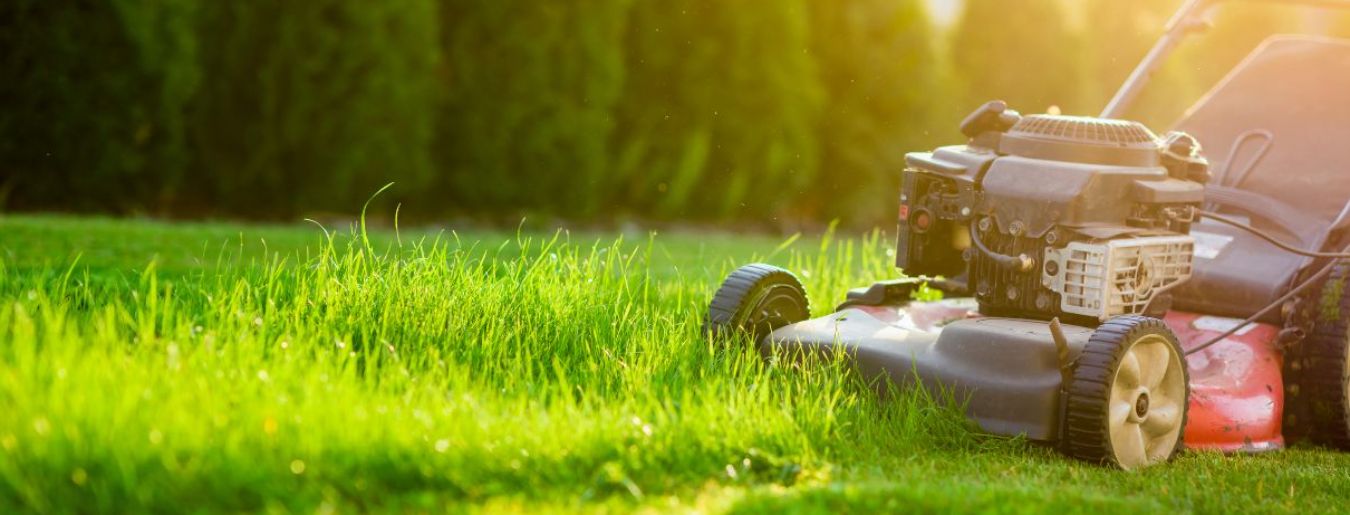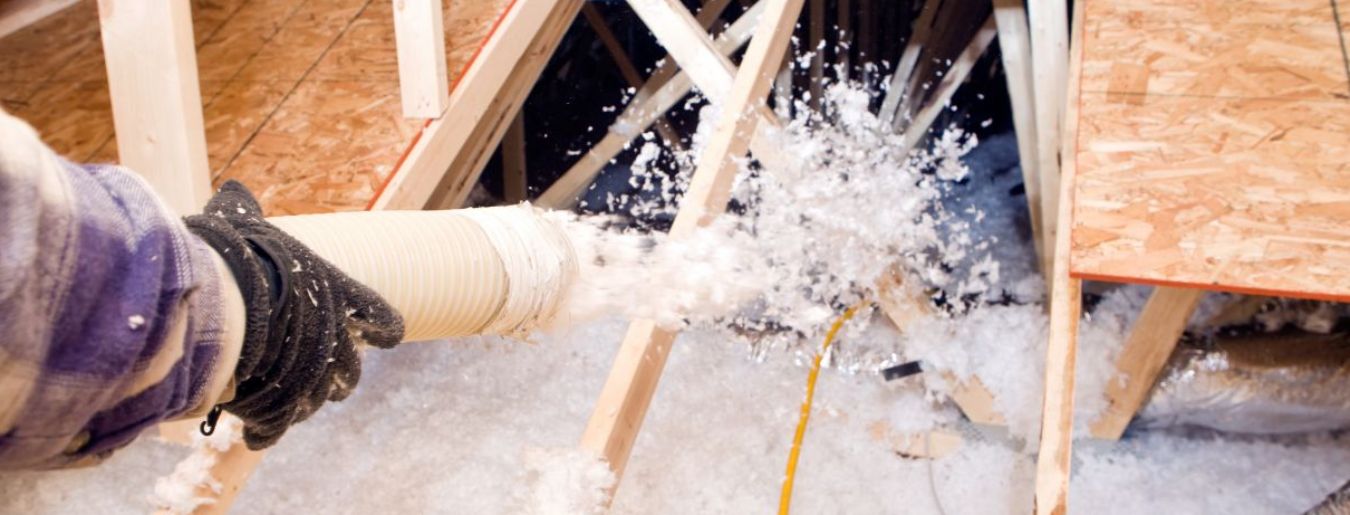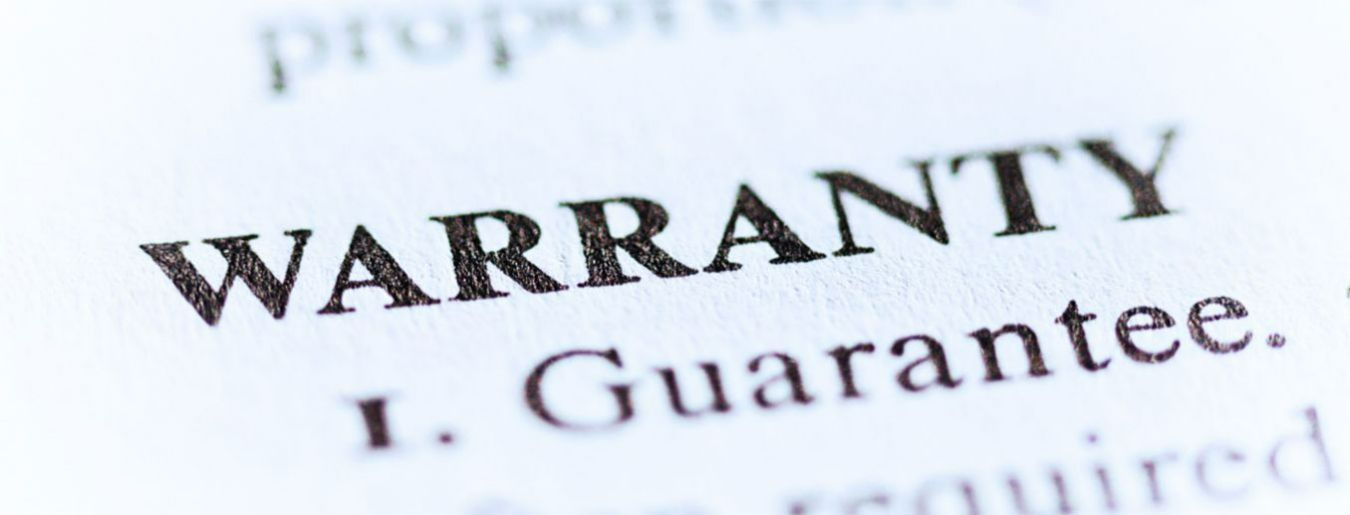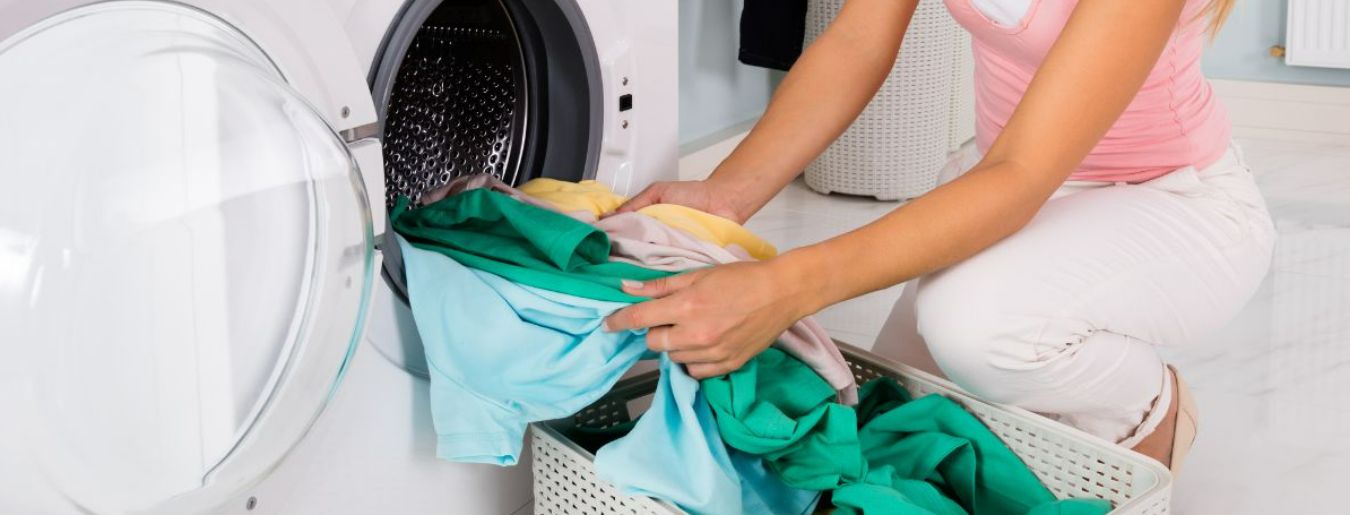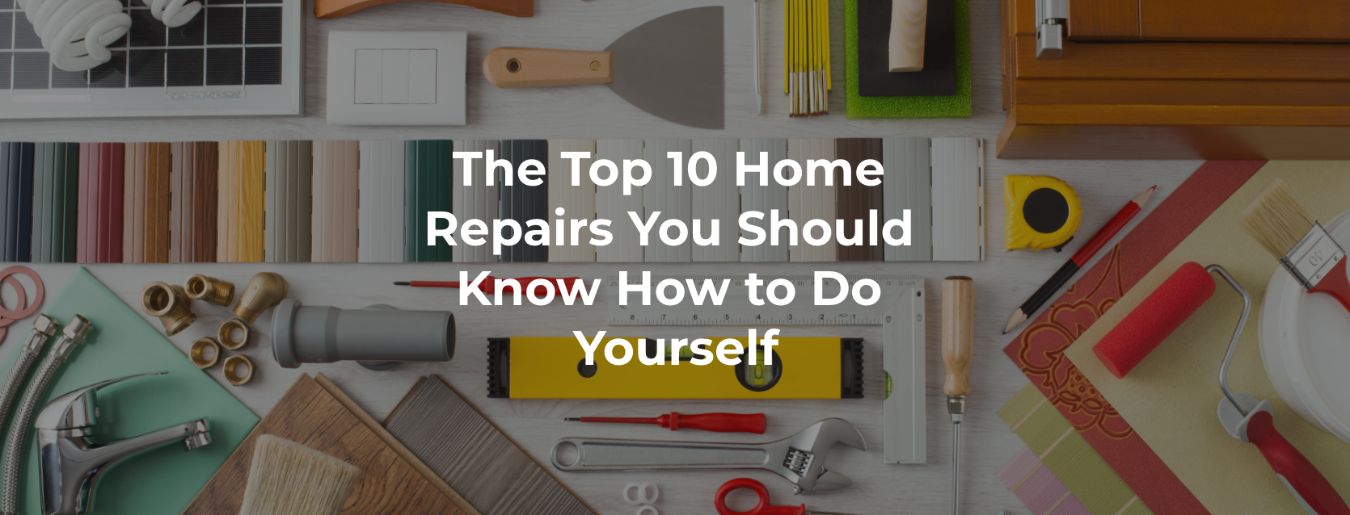Microwave ovens, indispensable in contemporary culinary environments, facilitate swift reheating of foodstuffs and expedite meal preparation. Nonetheless, akin to any domestic gadget, they can succumb to various dysfunctions that impair their efficacy. Issues ranging from electrical supply discrepancies to defective elements are prevalent. Recognizing these common predicaments and mastering troubleshooting techniques are vital. This detailed exploration delves into the reasons behind your microwave's suboptimal performance and furnishes straightforward corrective measures to restore its functionality.
Understanding How a Microwave Works
Before we get into troubleshooting, it's good to grasp the essentials of how a microwave functions. Essentially, microwaves use electromagnetic waves—aptly named microwaves—to excite the water molecules in food. This causes the molecules to move rapidly, generating heat that cooks the food quickly and evenly.
A microwave includes several crucial parts, each contributing to its operation:
-
Power Supply: This converts the electricity from your home into the energy that powers the microwave's core components.
-
Control Panel: Here, you can set the cooking time and adjust power levels, making it easy to control how your food is cooked.
-
Door with Safety Mechanisms: The door is fitted with switches that ensure the microwave only operates when the door is securely closed, protecting you from microwave radiation.
-
Magnetron: This is where the magic happens. The magnetron produces the microwaves that cook the food.
-
Diode: Working alongside the magnetron, the diode helps convert electrical energy into microwave energy.
Each component is integral to the microwave’s operation, and a hiccup in any of these areas can lead to performance issues. Understanding these parts helps in identifying problems and applying the right fixes to keep your microwave running smoothly.

Get Home Warranty Quotes
from Top Rated Authorized
Partners
Get a Quote
Common Microwave Issues and Symptoms
When your microwave isn't functioning as it should, it's important to pay attention to the symptoms it's exhibiting. Common issues include:
-
Not turning on or displaying any signs of power
-
Inconsistent or no heating
-
Unresponsive control panel or malfunctioning settings
-
Turntable not rotating
By identifying the specific symptoms, you can narrow down the potential causes and begin troubleshooting accordingly. One of the most frustrating issues microwave owners face is when the microwave turns on but fails to heat the food properly. This could be due to a variety of reasons, such as a faulty magnetron, diode, or high-voltage capacitor. These components are crucial for generating the microwave energy that heats your food, and any malfunction can result in uneven or no heating at all.
Checking Power Supply and Outlet
If your microwave isn't turning on at all, the first step is to check the power supply and outlet. Ensure that the microwave is properly plugged in and that the outlet is functioning correctly. Sometimes, a circuit breaker may have tripped or a fuse may have blown, so it's worth checking the electrical panel as well. If everything appears to be in order, move on to the next troubleshooting step.
When inspecting the power supply, it's important to consider the condition of the power cord. Over time, power cords can become frayed or damaged, leading to potential electrical hazards. Make sure to examine the entire length of the cord for any signs of wear and tear. If you notice any damage, it's crucial to replace the power cord before attempting to use the microwave again.
If you have recently experienced a power outage or a surge, the microwave's internal fuse may have been blown. In this case, you may need to locate and replace the fuse to restore power to the appliance. Refer to the manufacturer's instructions for guidance on accessing and replacing the fuse safely. Remember to always disconnect the microwave from the power source before attempting any repairs to avoid the risk of electric shock.
Testing the Control Panel and Settings
When the control panel becomes unresponsive or the settings aren't working as expected, testing and troubleshooting this component is essential. Start by checking for any visible damage, such as cracked buttons or a malfunctioning display. If everything appears normal, try a power cycle by unplugging the microwave, waiting a few minutes, and plugging it back in. This simple reset can often resolve temporary glitches. If the issue persists, consult the manufacturer's manual for specific troubleshooting instructions.
It's important to consider the environment in which the microwave is placed. High levels of humidity or extreme temperatures can sometimes affect the functionality of electronic components like the control panel. Ensure that the microwave is placed in a well-ventilated area and away from direct sunlight or sources of moisture to prevent potential issues.
Over time, frequent use of the control panel buttons can lead to wear and tear, affecting their responsiveness. Notice that certain buttons require more pressure to function or are less responsive. It may be time to clean the control panel or consider replacing the affected buttons to maintain optimal performance.
Inspecting the Door and Safety Mechanisms
The microwave door and its safety mechanisms are crucial components that ensure the safe operation of the appliance. Not only does the door prevent accidental exposure to harmful microwaves, but it also plays a key role in maintaining the efficiency of the microwave. A properly functioning door is essential for the appliance to work effectively and safely.
When inspecting the microwave door, it is important to not only look for visible damage or misalignment but also to consider the overall condition of the door components. The door switches, latch, and hinges are all integral parts of the safety mechanisms that need to be in optimal working condition. Any signs of malfunction in these components could compromise the safety and performance of the microwave.
Cleaning the area around the door is not only important for aesthetics but also for ensuring smooth operation. Dust, food particles, or other debris can accumulate around the door, hindering its ability to close securely. Regular maintenance, such as cleaning and inspection, can help prevent issues with the door and safety mechanisms from arising. If despite these efforts the door continues to have issues, seeking professional repair services is the best course of action to ensure the safety and functionality of the microwave.
When it comes to diagnosing issues with the magnetron and diode in a microwave, it's essential to understand the role each component plays in the overall functionality of the appliance. The magnetron converts electrical energy into high-powered microwave frequencies, which are then used to cook or heat food. On the other hand, the diode acts as a one-way valve for electrical current, ensuring that the microwaves generated by the magnetron are directed into the cooking chamber. One common problem with the magnetron is a phenomenon known as "magnetron breakdown," which can occur due to factors such as high voltage or manufacturing defects. This breakdown can manifest as a lack of heating in the microwave, sparking inside the appliance, or unusual noises during operation. Similarly, issues with the diode, such as a short circuit or failure to properly regulate electrical flow, can result in the microwave not heating food evenly or at all. Identifying and resolving these problems requires a thorough understanding of microwave technology and the intricacies of these components.
Troubleshooting Turntable and Rotation Issues
A microwave's turntable ensures even cooking by rotating the food during operation. If the turntable isn't rotating, it can lead to unevenly heated food. Start by inspecting the turntable itself for any obstructions, such as crumbs or debris. Clean the turntable and the area underneath it thoroughly. If cleaning doesn't resolve the issue, check the turntable motor and drive coupling for any signs of damage. Consult the manufacturer's manual for troubleshooting instructions specific to your microwave model.
Another common reason for turntable issues in microwaves is a faulty roller guide or support. These components help the turntable rotate smoothly and evenly. If the roller guide is broken or misaligned, it can cause the turntable to get stuck or stop rotating altogether. Inspect the roller guide for any damage and ensure it is properly seated in its designated position.
If the turntable in your microwave is making unusual noises while rotating, it could indicate a problem with the turntable motor. Grinding or squeaking sounds may suggest that the motor is struggling to rotate the turntable, which can lead to further issues if not addressed promptly. In such cases, it is recommended to contact a certified technician to diagnose and repair the motor to ensure optimal performance of your microwave.
Addressing Heating and Cooking Problems
If your microwave isn't heating food properly or the cooking results are inconsistent, there are several factors to consider. Firstly, ensure that you're using microwave-safe containers and following the recommended cooking times and power levels. If the issue persists, check the microwave's power settings to ensure they haven't been inadvertently adjusted. Verify that the microwave's vents and air filters are clean and free from blockages, as poor ventilation can affect performance. If none of these steps resolve the issue, it may be time to contact a professional repair service.
Over time, the magnetron, which is responsible for generating microwave radiation, may wear out and lose efficiency. In such cases, replacing the magnetron can often restore the microwave's heating power. It's also important to periodically clean the interior of the microwave, as food splatters and residue can absorb microwave energy and lead to uneven heating.
The placement of food items within the microwave can impact heating results. For optimal cooking, arrange food evenly on the rotating turntable and avoid overcrowding, which can create cold spots where food may not cook thoroughly. Using microwave-safe covers or wraps can help retain moisture and promote more even cooking. By paying attention to these details and performing regular maintenance, you can ensure that your microwave operates efficiently and delivers consistent cooking results.
Maintenance Tips for a Healthy Microwave
Regular maintenance can help prolong the lifespan of your microwave and prevent potential issues from arising. Here are some simple tips to keep your microwave in excellent working condition:
-
Wipe down the interior after each use to prevent food buildup.
-
Clean the exterior regularly using a mild cleaner and a soft cloth.
-
Ensure that the vents are clean and unobstructed.
-
Inspect the power cord for any signs of damage, and replace it if necessary.
-
Follow the manufacturer's recommendations for replacing filters and other replaceable parts.
It's important to pay attention to how you place items inside the microwave. Make sure that containers and food items are microwave-safe to prevent any accidents or damage to the appliance. Avoid using metal containers or utensils, as they can cause sparks and potentially damage the microwave's interior.
Another key aspect of microwave maintenance is to be mindful of the microwave's location. Ensure that there is enough space around the appliance for proper ventilation. Placing the microwave in a cramped space can lead to overheating and decreased efficiency. It's also a good idea to periodically check for any signs of wear and tear on the microwave's door seal to prevent heat leakage during operation.
When to Call a Professional Repair Service
While some microwave issues can be resolved through troubleshooting and maintenance, there are situations where it's best to seek professional assistance. Safety should always be a priority, and if you're uncertain or uncomfortable working with electrical components or if the issue persists despite your best efforts, it's time to call a professional repair service. They have the expertise and tools to diagnose and repair complex microwave problems, ensuring both safety and a functional appliance.
By understanding how a microwave works and identifying common issues, you can troubleshoot your microwave effectively and save both time and money. Remember to prioritize safety during the troubleshooting process and don't hesitate to consult professional assistance when needed. With proper maintenance and care, your microwave will continue to serve you delicious meals for years to come.
One common issue that may require professional attention is a malfunctioning magnetron. The magnetron is the component responsible for generating the microwave frequency that cooks your food. If you notice that your food is taking much longer to heat up than usual or if the microwave is making strange noises during operation, it could indicate a problem with the magnetron. Due to the high voltage and intricate nature of this component, it's best to leave any repairs or replacements to experienced professionals.
If you encounter issues with the microwave's control panel or display, it's advisable to seek help from a repair service. Problems such as unresponsive buttons, error codes, or flickering displays may point to underlying electrical issues that require specialized knowledge to address. Attempting to fix these problems without proper training can not only be ineffective but also potentially dangerous. Trusting qualified technicians to handle these intricate repairs can ensure the longevity and safety of your microwave.


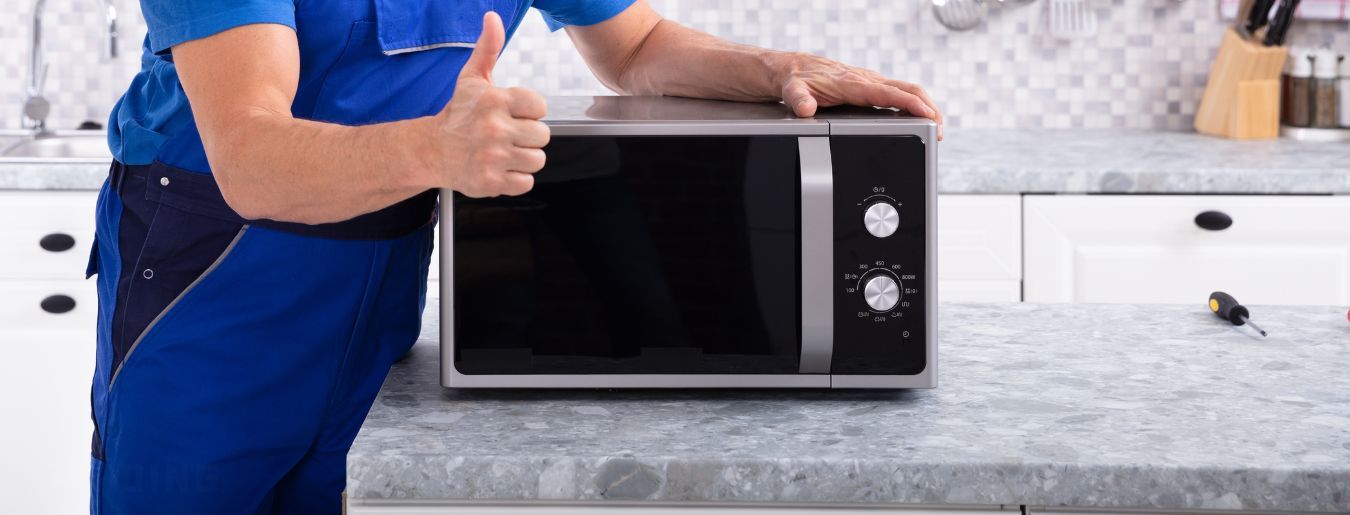

 Prev Post
Prev Post


